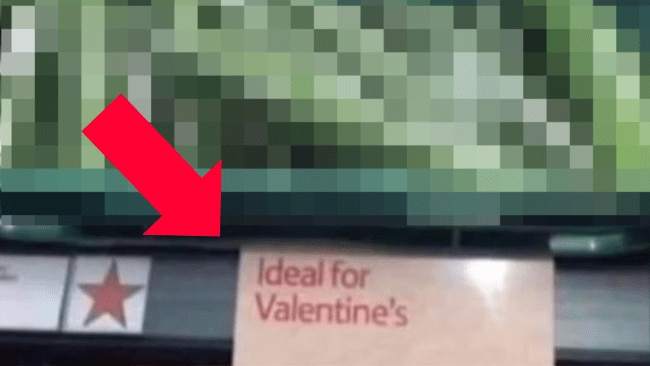How to spot the signs of breathing distress in your child or baby
Paediatric nurse and founder of CPR Kids, Sarah Hunstead, explains what to look out for when your little one is sick.
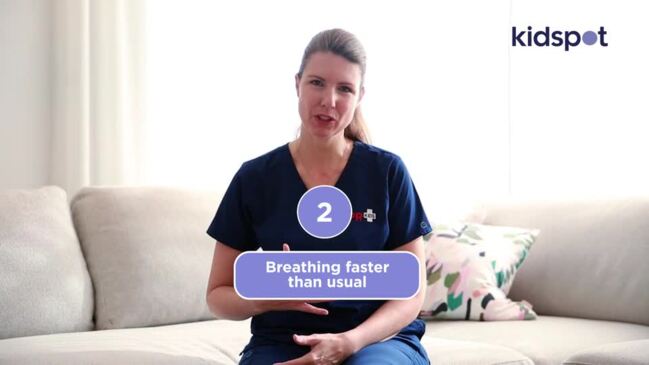
Lifestyle
Don't miss out on the headlines from Lifestyle. Followed categories will be added to My News.
Kids with breathing problems are a frequent sight in the emergency department. Respiratory illness is one of the most common presentations to the E.D.
Knowing the signs to look for and when to seek medical help is vital - especially when it's winter and there are a lot of illnesses around.
Remember - you know what is normal for your child. When it comes to breathing problems, you will know when your child is having difficulty breathing. It looks different from their normal.
Want to join the family? Sign up to our Kidspot newsletter for more stories like this.
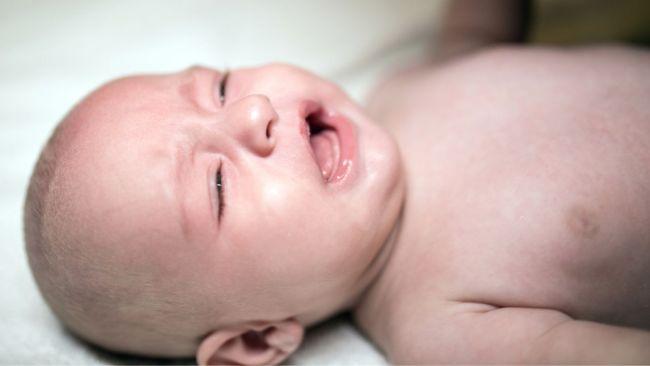
What's considered "normal breathing"?
It can be a shock for new parents when they bring their baby home and notice that they breathe much faster than an adult, breathes irregularly (periodic breathing), or what is known as an obligate nasal breather (they prefer to breathe through their nose).
Babies are also diaphragmatic breathers (you'll see their tummies, rather than their chests, move up and down with each breath). Despite all this newness, as a parent, you will quickly get to know what is normal for your child.
Why are children at higher risk when it comes to breathing problems?
- They have airways that are narrow and floppy.
- Their breathing muscles are less efficient and tire more quickly.
- Small infants only use their noses to breathe, so if they have lots of snot and mucous, their airways block very easily.
Some signs and symptoms of respiratory distress 'red flags' that require urgent medical attention;
Increased breathing rate
Don’t worry about specific numbers, just be aware if their breathing is faster than usual, or if there are long pauses between breaths (longer than 20 seconds)
Nostrils flaring
Nasal flaring is more commonly seen in babies and younger children if they are in respiratory distress.
RELATED: ‘There are three signs of breathing distress in a baby. I only knew one’
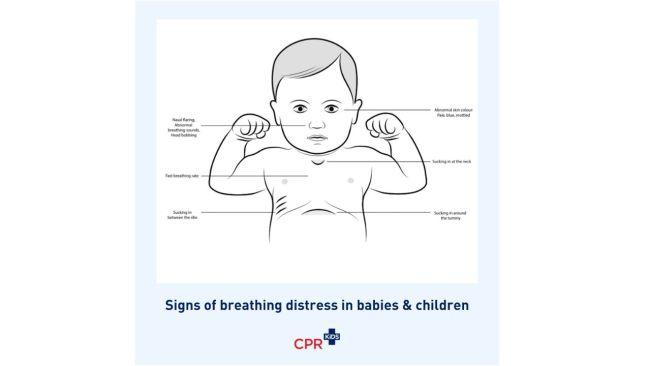
Head bobbing
This is a sign of severe respiratory distress, more likely to be seen in infants. The baby is using more muscles to assist with breathing.
Sucking in under the rib cage and/or tummy
This is referred to as abdominal recession. If your child is in respiratory distress, they may start to suck in between their ribs and at the top of their tummy. In severe cases they can suck in so deeply it looks like their tummy and chest are in a see-saw type of action.
Sucking in at the front of the neck
This is referred to as a tracheal tug. The notch between their collarbones may be sucked in. If they are in severe respiratory distress, you may notice this notch is sucked in quite deeply.
Other signs and symptoms of respiratory distress that require medical attention (see a GP if they are mild, but seek urgent medical attention if they are severe, accompanied by any of the above red flags, or if you are concerned);
Abnormal breathing sounds
You know your child - if they are making breathing noises that sound different from normal, you need to see a doctor
Coughing/breathlessness
A persistent, breathless cough is a concerning sign, especially if accompanied by these other signs and symptoms.
RELATED: What you need to know about croup
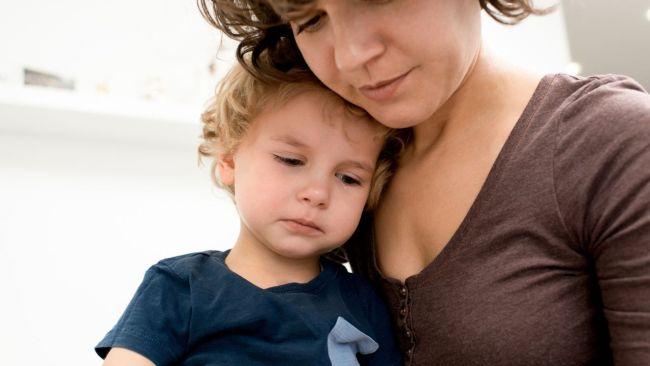
Red flags that can result from breathing distress;
- Cyanosis (blue skin) or mottled skin- this is a very concerning sign and requires urgent medical attention, as it is caused by a lack of oxygen in the blood.
- Tip: if your child has a dark complexion, look at their lips, tongue and nail beds. Note that mottling (blotchy, 'road map' skin) can be normal for babies, and for some children in cold weather etc. – but you know what is ‘normal’ for your child better than anyone. Remember that!
- Inability to feed - If your baby is in respiratory distress, they may have difficulty feeding. TIP: If your baby is having difficulty feeding due to a blocked nose, try some saline drops or a saline spray (your pharmacist can recommend what one)
- Distress/irritability progressing to drowsiness - a lack of oxygen and working hard to breathe can result in an irritable and inconsolable child. If their condition worsens, they may progress to being lethargic, drowsy and floppy, then unconscious. TIP: Take a video of your little one breathing normally - this can help when you need it the most, to refer to when you have suspicions of breathing difficulties or to advocate for your little one if you need to show a nurse or doctor their ‘normal’.
And remember - always trust your gut. Book a baby + child CPR & First Aid class today so that you know how to respond in an emergency. And visit your local GP or ER if you're concerned about your child's health.
Sarah Hunstead is a Paediatric Nurse and founder of CPR Kids. She is also the author of ‘A Life. A Finger. A Pea Up a Nose’and CPR KIDS essential First Aid Guide for Babies and Children.
You can see more on breathing distress in babies here.
More Coverage
Originally published as How to spot the signs of breathing distress in your child or baby




